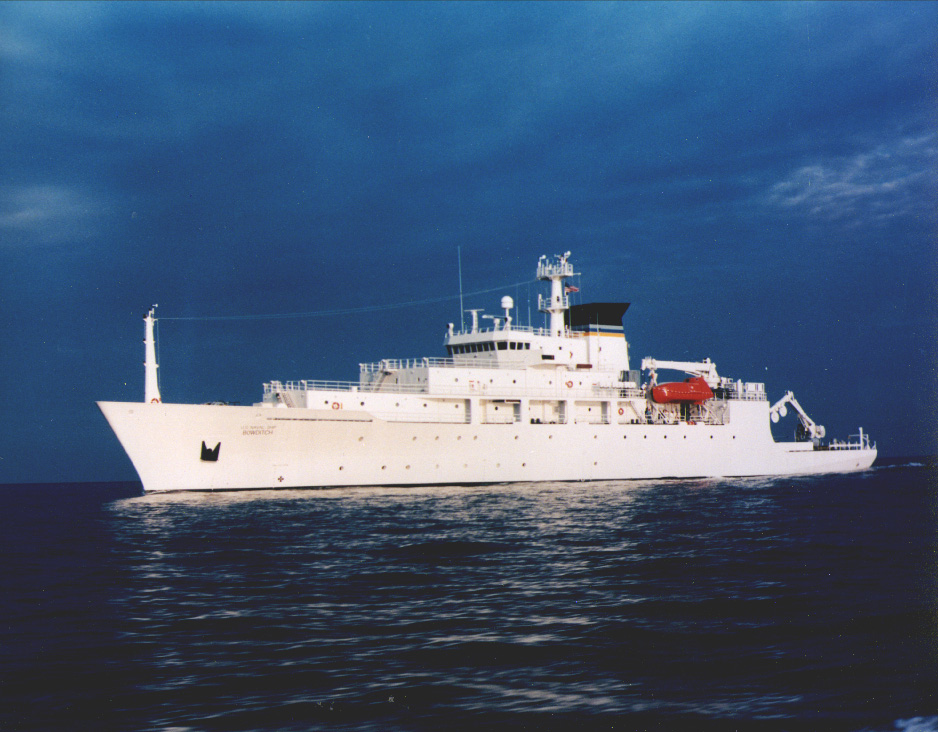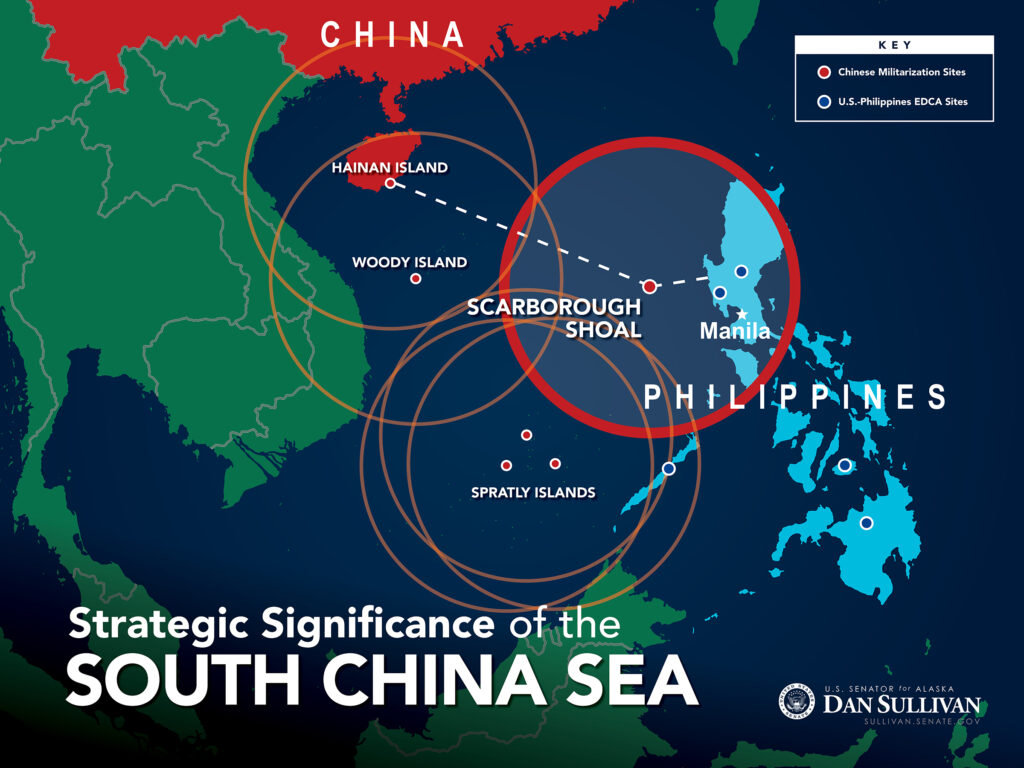China Seizes US Underwater Drone, Fortifies Disputed Islets
Posted on

Survey ship USNS Bowditch
UPDATE: China agrees to return drone WASHINGTON: The same day the US Navy made its case for a much larger fleet of 355 ships, the Chinese navy seized an American underwater drone 50 nautical miles off the Philippines. Just two days earlier, the independent Asia Maritime Transparency Initiative reported China had fortified the artificial islands it has built in disputed waters off the Philippines, emplacing anti-aircraft guns and probably short-range missile defenses as well. If the US Navy needed help convincing Congress to fund a larger fleet, their Chinese counterparts are making a strong case.
[UPDATE: Early Saturday afternoon, the Pentagon said China had agreed to return the Unmanned Underwater Vehicle: “Through direct engagement with Chinese authorities, we have secured an understanding that the Chinese will return the UUV to the United States.” It’s possible the Chinese are feeling remorse, or that the captain who seized the drone acted without orders, but it’s also entirely possible Beijing feels it’s made its point that other nations operate in the South China Sea only on Chinese sufferance. 24 hours is also probably plenty of time for China’s skilled hackers to copy the drone’s software, for use by Chinese drone makers, and download the data it collected, although this was apparently only routine oceanographic data like salinity.]
A particularly unsettling detail about the drone-napping incident is the perpetrators came from the Chinese navy, not the Chinese coast guard. In recent years the two services have played good cop/bad cop, with the white-hulled civilian vessels of the coast guard aggressively approaching foreign vessels while the grey-hulled military vessels of the navy held back, reducing the risk of a dangerous incident between warships. In at least one case, a Chinese naval captain intervened to stop Chinese civilian vessels harassing US Navy ships. But in this incident, a Chinese navy vessel snatched a drone under the nose of its mothership, the unarmed survey ship USNS Bowditch, as the Americans were trying to bring the UUV aboard.
The armaments on the disputed islets also represent an escalation, as much as China might try to present them as purely defensive measures consistent with its past promises not to “militarize” the South China Sea. Many of the paved-over coral reefs now support long runways suitable for fighter jets; the new anti-aircraft and anti-missile systems make those airfields tougher targets and thus better bases for air operations of all kinds, including offensive ones.
This is a major development,” said Greg Poling of the Center for Strategic & International Studies, which runs the Asia Maritime Transparency Institute. “It shows that China is serious about defending these features and is prepping for potential conflict. Along with the hangars, runways, [etc.], it continues a pattern of constructing all the hard infrastructure necessary for a fully functioning air and naval base and then claiming it isn’t militarization because the first combat aircraft haven’t landed — yet. The next steps will be deployments of mobile surface to air missile platforms — such as the HQ9 on Woody Island in the Paracels — which will provide the first line of defense, backed up by these point defenses. We will also presumably see the deployment of fighter jets: After all, China didn’t build these air bases to leave them empty.”

Graphic courtesy Sen. Dan Sullivan
Added fellow CSIS scholar Bonnie Glaser, “I believe there have been discussions between the US and China about the meaning of ‘non-militarization of the features in the South China Sea, but to date no agreed upon definition has been made public, and perhaps has not been reached. Emplacement of radar and point-defense systems is militarization. These systems, while intended for ‘self-defense,’ will enable China to better defend these military outposts in a potential conflict.”
Both the artificial-island outposts and the drone seizure show China’s skill with legal grey zones. While an international tribunal ruled against China’s claims to own the entire South China Sea and said its island-building did not create new sovereign territory, all the countries around the Sea have overlapping claims that muddy the question considerably, and none of them wants to be the one to bell the Chinese cat. Likewise, while Pentagon spokesman Peter Cook claimed the underwater drone was “a sovereign immune vessel of the United States” just like a manned craft, UUVs haven’t been around long enough to create much custom or precedent about their legal status, and the emotions stirred up by drone-napping are nothing like those aroused by detaining human sailors. It’s a murky legal, geopolitical, and military situation that the US is still struggling to find a strategy for.
Subscribe to our newsletter
Promotions, new products and sales. Directly to your inbox.
